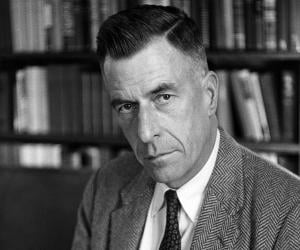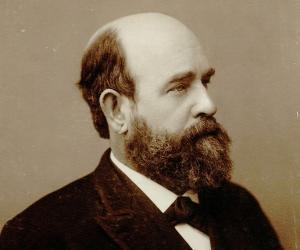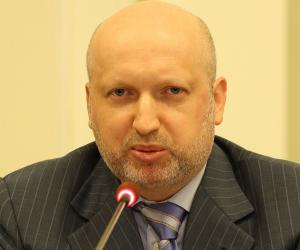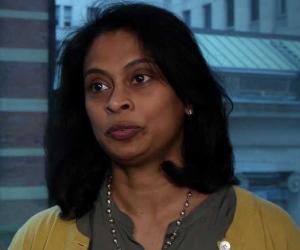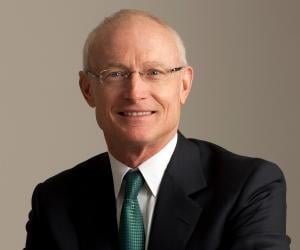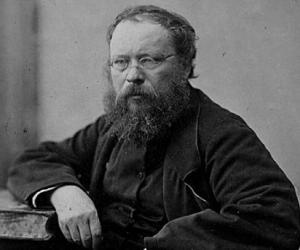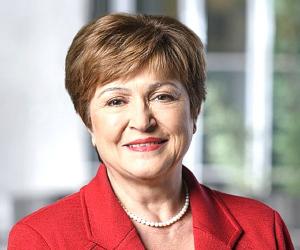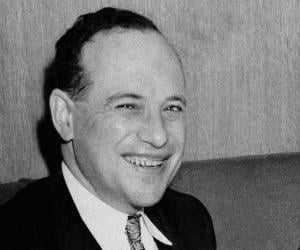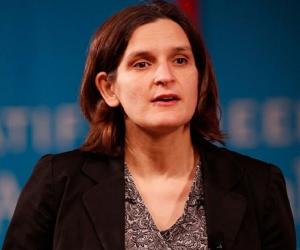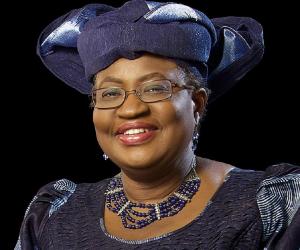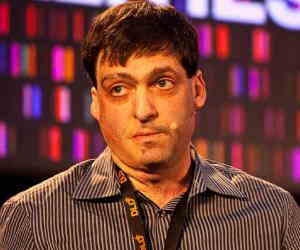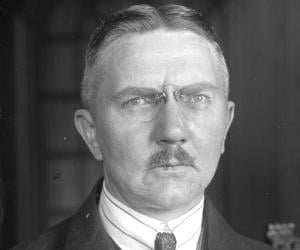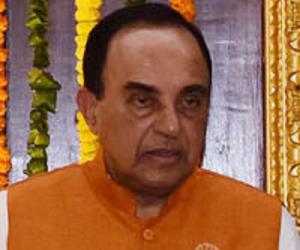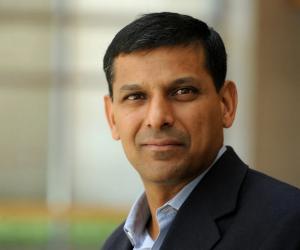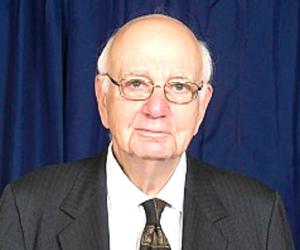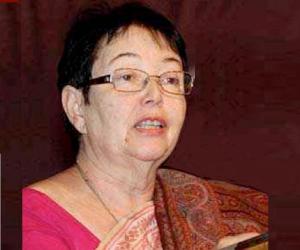Quick Facts
Died At Age: 97
Family:
Spouse/Ex-: Catherine Galbraith
father: Archibald Galbraith
mother: Sarah Catherine Kendall
siblings: Alice, Archibald William, Catherine
children: Douglas Galbraith, J. Alan Galbraith, James K. Galbraith, Peter W. Galbraith
Born Country: Canada
Economists Non-Fiction Writers
Died on: April 29, 2006
place of death: Cambridge, Massachusetts, United States
Cause of Death: Natural Causes
Ancestry: Canadian American
Notable Alumni: Ontario Agricultural College
More Facts
education: University Of California, Berkeley, Ontario Agricultural College
awards: 1946 – Medal of Freedom
2000 – Officer of the Order of Canada
2000 – Leontief Prize for his outstanding contribution to economic theory
Childhood & Early Life
He was born as one of the four children of Archibald Galbraith and Sarah Catherine Kendall. His father was a farmer and school teacher while his mother was a community activist. He lost his mother when he was 14 years old.
He graduated from St. Thomas High School and later went to the Ontario’s Agricultural College from where he earned his Bachelor of Science in Agricultural Economics in 1931.
He received a Giannini Scholarship in Agricultural Economics which enabled him to attend the University of California from where he received a Master of Science in 1933 and Ph.D. in Agricultural Economics in 1934.
Career
He found employment as an instructor at Harvard University in 1934 where he taught intermittently till 1939. He took a year-long fellowship at the University of Cambridge in 1937 where he came under the influence of the celebrated economist, John Maynard Keynes.
He entered public service by joining the United States Department of Agriculture during the 1930s. He helped the Roosevelt administration in managing the economy during war preparations, rising to the position of the administrator of wage and price controls in the Office of Price Administration. However, his methods were believed by many to be controversial and he was forced to resign in 1943.
He became a member of the board of editors of Fortune magazine in 1943 and served there till 1948. It was during this time that he realized his deep love for writing. He was appointed the Professor of economics at Harvard in 1949.
During the World War II, a team of economists was formed to keep inflation under control as the economy had still not recovered from the Great Depression. He was made the deputy head of the Office of Price Administration (O.P.A) in 1941 and served till 1943.
Henry Luce, the publisher of the ‘Time’ and ‘Fortune’ magazines hired him in 1943. For five years Galbraith wrote extensively about Keynesianism and believed it to be his moral duty to educate the Americans about how the economy worked and what roles were played by big corporations.
He was made the director of the Office of Economic Security Policy in the State Department in February 1946 where he was in charge of the economic affairs regarding Germany, Japan, Austria, and South Korea. He resigned in September the same year and returned to his magazine position.
Along with Eleanor Roosevelt and Hubert Humphrey he worked to establish a progressive policy organization, namely, Americans for Democratic Action (ADA) in 1947.
John F. Kennedy was a former student of Galbraith at the Harvard. When Kennedy became the president in 1960 he appointed Galbraith as the United States Ambassador to India from 1961 to 1963. While in India he developed good rapport with the Prime Minister Jawaharlal Nehru and advised him on important matters.
Over the past several decades he wrote a number of books on various topics, though his specialty remained economics. His best known literary work in the field of economics is his American capitalism trilogy consisting of ‘The Affluent Society’ (1958), ‘The New Industrial State’ (1967), and ‘Economics and the Public Purpose’ (1973).
He retired from Harvard as the Paul M. Warburg Professor of Economics, Emeritus. He led a very active life even during his later years—he used to lecture at several universities and remained as prolific a writer as ever, contributing articles, essays and letters to various publications.
Major Works
The most famous economist of the contemporary times, Galbraith was a highly influential figure in the 20th century institutional economics. He served as the advisor to several prominent world leaders and authored numerous best-selling books on economics, including the highly popular ‘The Affluent Society’.
Awards & Achievements
In 1946, he was presented with the Medal of Freedom by President Truman.
In 2000, he received the Presidential Medal of Freedom from President Bill Clinton
He was bestowed with the Padma Vibhushan—India’s second highest civilian award—in 2001 for his contributions in strengthening the relations between the United States and India.
Personal Life & Legacy
He married Catherine Merriam Atwater in 1937. The couple had four children and remained married for 68 years till Galbraith’s death. He also had ten grandchildren.
After a long and productive life he died of natural causes in 2006, aged 97.
Facts About John Kenneth Galbraith
Despite being a renowned economist, Galbraith had a deep appreciation for the arts and literature, and even wrote several novels and works of fiction.
Galbraith was a strong advocate for social justice and progressive policies, using his platform to speak out against inequality and promote economic policies that benefit the less fortunate.
In addition to his academic achievements, Galbraith was also a skilled diplomat, serving as the US Ambassador to India during the Kennedy administration.
Galbraith had a reputation for being a generous mentor and supporter of young economists, often taking the time to encourage and guide the next generation of thinkers in the field.


